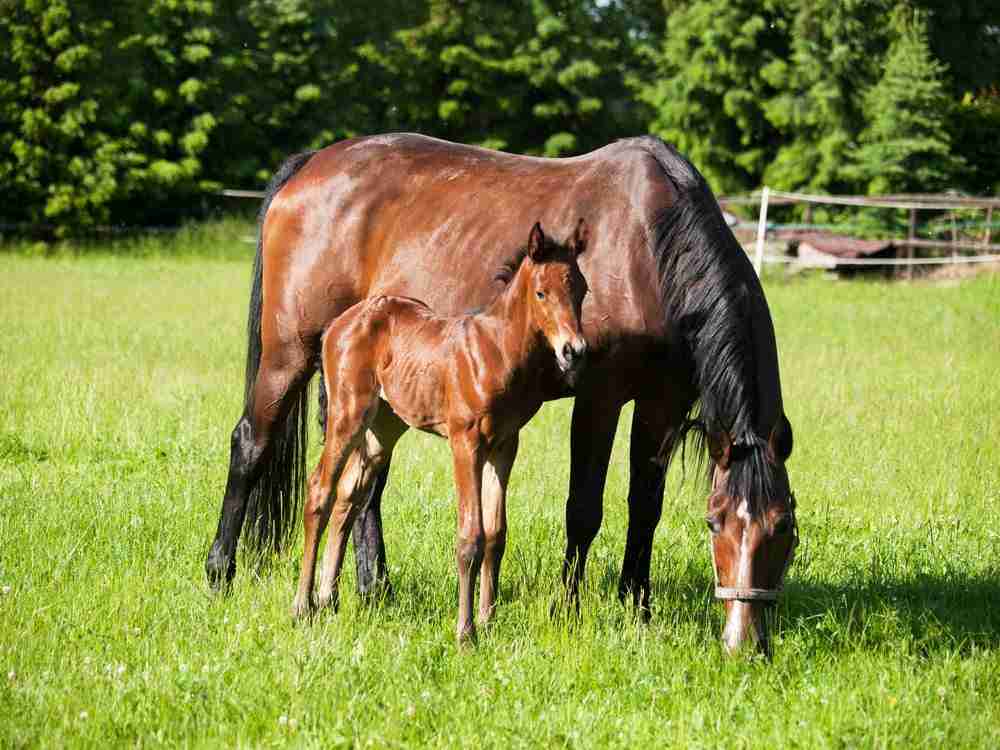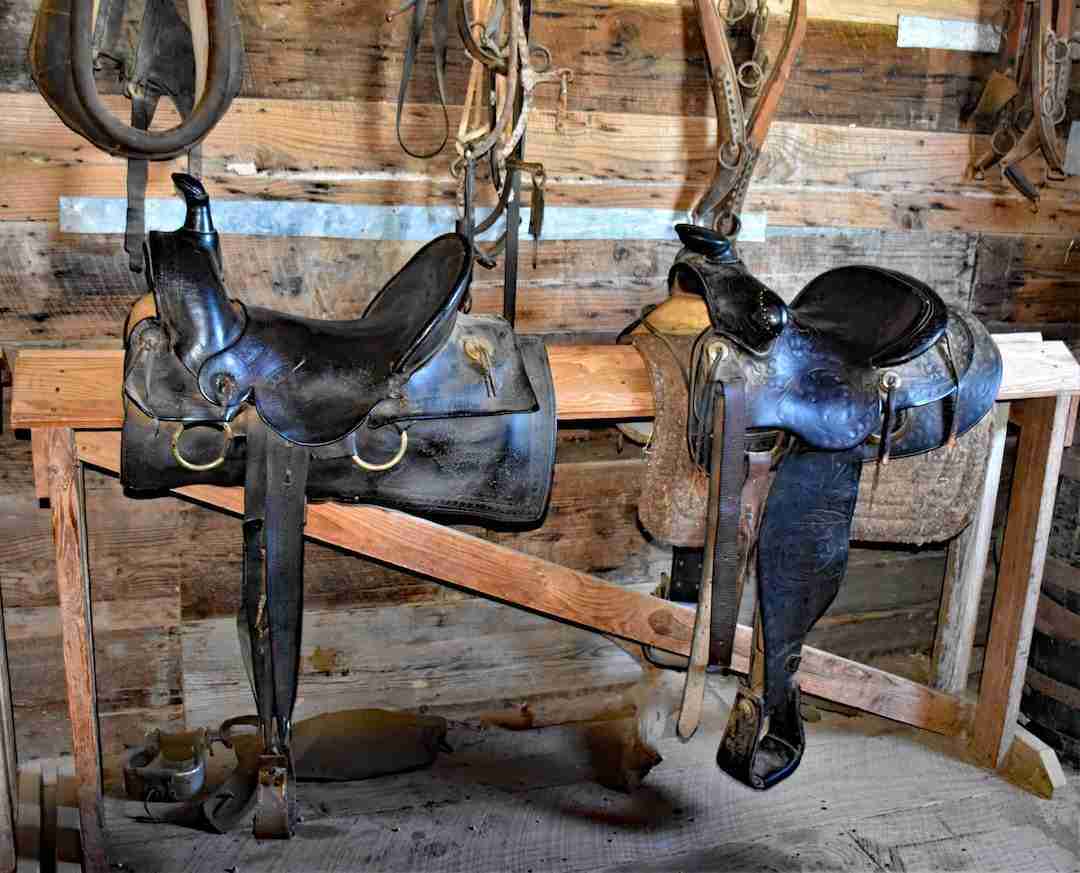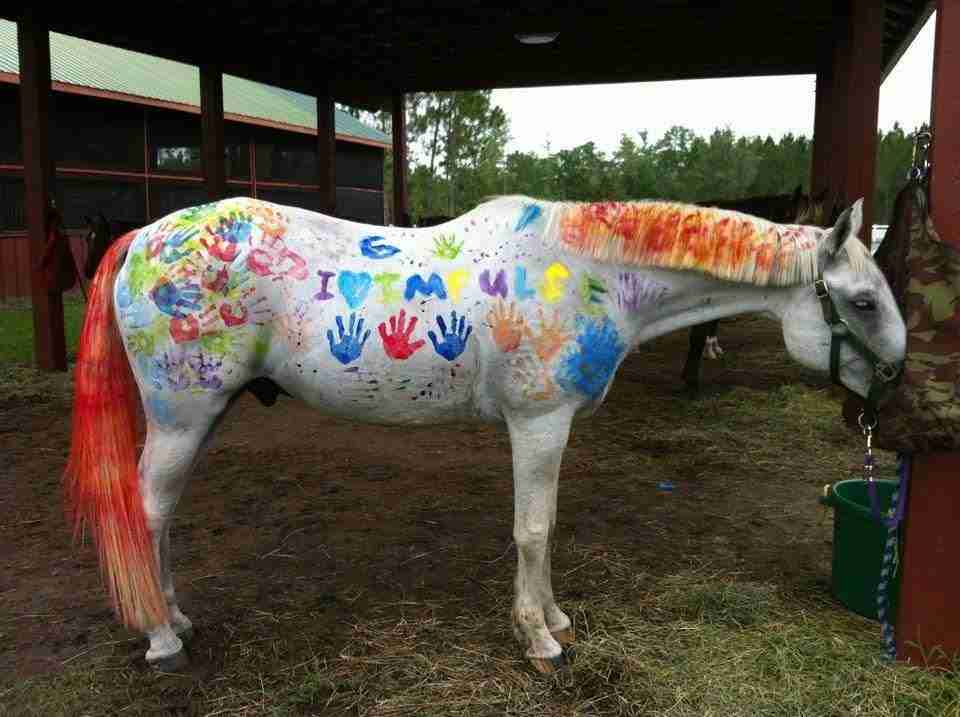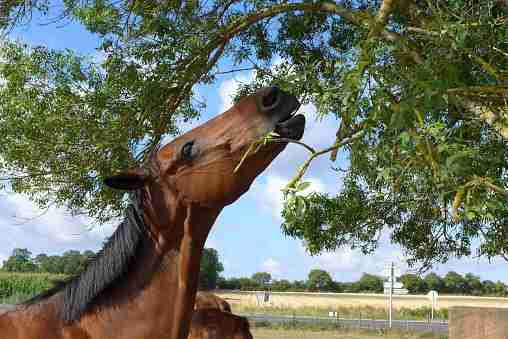The words for horse ‘filly’, ‘colt,’ and ‘foal’ all refer to young horses; therefore, it is understandable that an horse enthusiast might mix them up. However, these terms apply to different young horse categories, categorized by age and sex. So, what is the difference between a filly, a colt, and a foal?
The difference between fillies, colts, and foals is the following: Filly (female) and colt (male) are terms used for horses until they reach the age of physical maturity at 3 to 4 years. The term ‘foal’ refers to both genders but is only used until the horse reaches the age of 1 year old.
Many horse owners get peeved when enthusiasts misuse horse terminology, even though they are easy mistakes to make. Read on to discover more about the difference between colts, fillies, and foals and how to distinguish between them to ensure that you always sound like an expert.
What Is The Difference Between A Foal, Colt, And Filly?
A foal is a descriptive word for a horse of any gender under the age of a year. On the other hand, the words ‘colt’ and ‘filly’ apply to young horses who have not yet reached physical maturity at the age of four or five. A colt is a male horse under this age, and a filly is a female equivalent.
These classifications mean that all three terms are applied to horses who have not yet reached adulthood; however, they refer to different gender and age categories. A foal is thus the more specific term for the first stage of a horse’s life, while the terms colts and fillies apply to broader age categories.
The ‘foal’ stage of a horse’s life can thus be considered its infancy and early toddler stages, while colts and fillies can be conceptualized as male and female children, respectively. Thus, colts and fillies begin life as foals, and all foals are either colts or fillies.
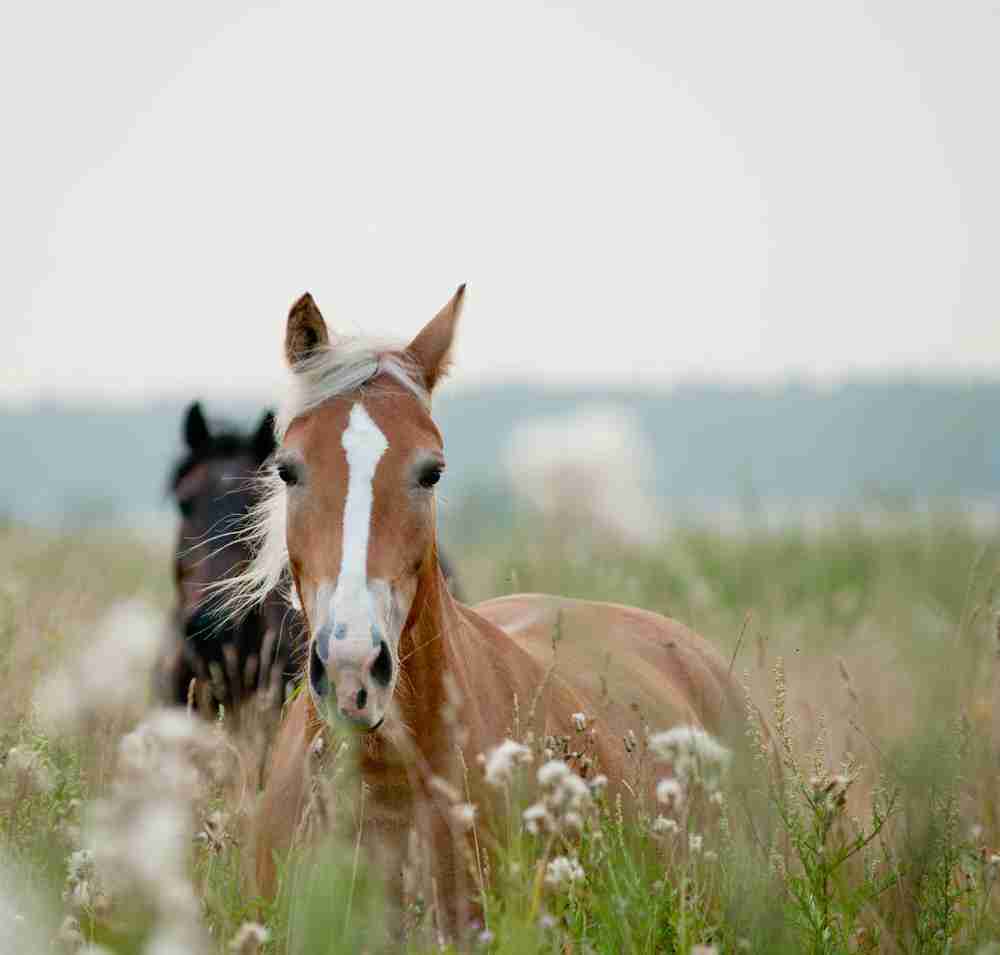
What Is A Foal?
The word foal refers to horses and other equines (such as donkeys, mules, and zebras) under a year old. A foal thus refers to a horse in its earliest developmental stages after birth, which is why horse owners refer to their pregnant mares as being ‘in foal’ or as ‘foaling’ when in labor and giving birth.
During this first year of its life, the foal undergoes many developmental changes, such as filling out and taking on more adult features. It also learns the essentials about being a horse from its mother (such as which grass is the tastiest and that horses can trust humans.
During this year, a foal is also weaned, which means that it is no longer dependent on its mother for a source of food and nourishment. This independence is a significant marker of a horse’s development. After being weaned, a young horse is distinguished from other foals and referred to as a weanling!
A male foal may be called a colt, and a female foal is called a filly. When foals reach a year of age, they are referred to as ‘yearlings’ or simply as colts or fillies depending on their sex. Horses reach adulthood between the ages of three and five, after which they are known as mares, stallions, or geldings.
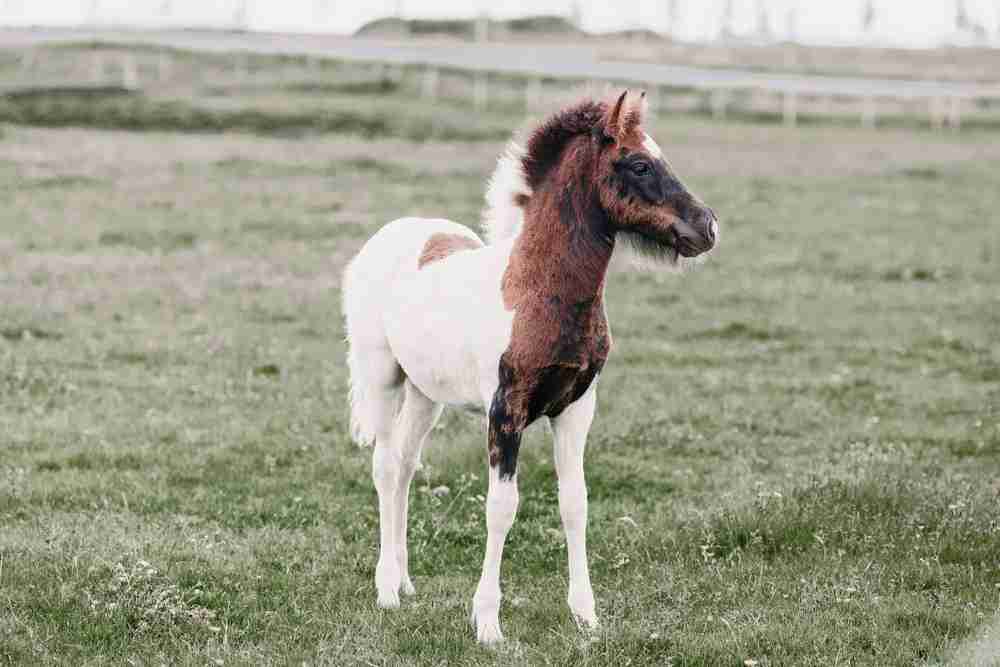
How Can You Distinguish A Foal From A Pony?
Ponies (horses with a small stature even in adulthood) can be the same size as some foals, so you wonder how to tell them apart. The difference between ponies and foals is, however, evident on sight.
Foals are recognizably younger than adult horses or ponies. Their features are smaller; and possess unique characteristics such as their extremely long, gangly legs, slender bodies, tiny tails, and large eyes. Ponies, on the other hand, have the features of adult horses and are stockier, with shorter legs.
As they grow older, they look more like adult horses, and in this way, a foal is also distinguishable from an older colt or filly.
What Is A Colt?
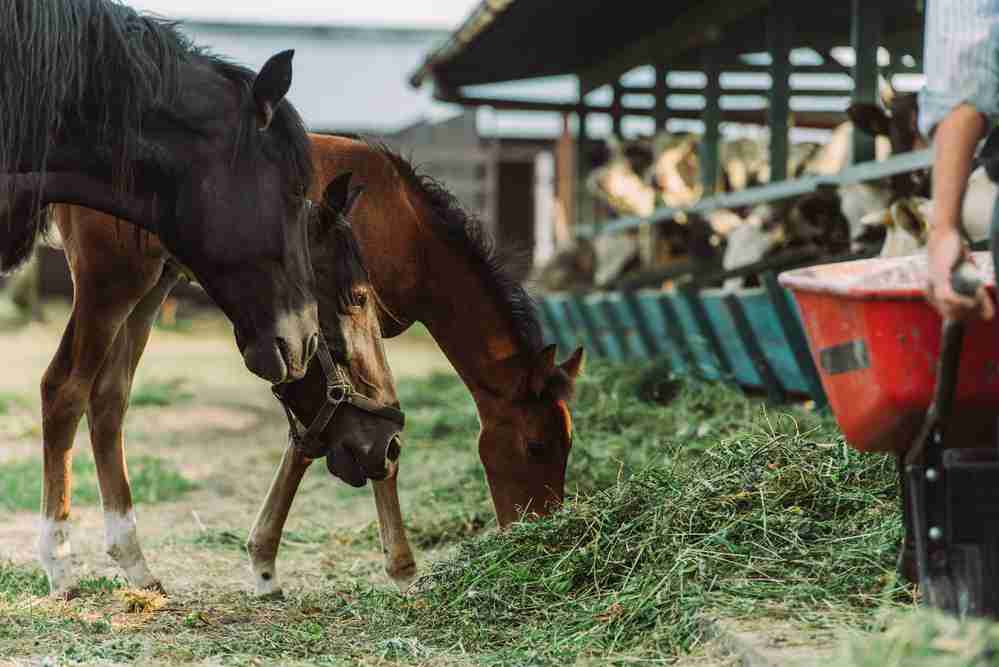
The term colt applies to an ungelded male horse before it is fully grown, including the foal stage (during this year, it may sometimes be called a foal colt).
While horses are no longer classified as foals after a year, the colt period is generally considered to last from birth until the end of adolescence at the age of three or four.
The colt may be castrated during this time, which is called being gelded in the horse world. If the colt is gelded, it is then known as a gelding, and if it is left intact, it remains a colt until the age of four and is then called a stallion.
In racing, particularly in the United Kingdom, the terminology is used a bit more strictly, and the term colt is applied explicitly to an ungelded horse between the ages of two and four. It will be listed in racing terms as a horse from this age.
What Is A Filly?
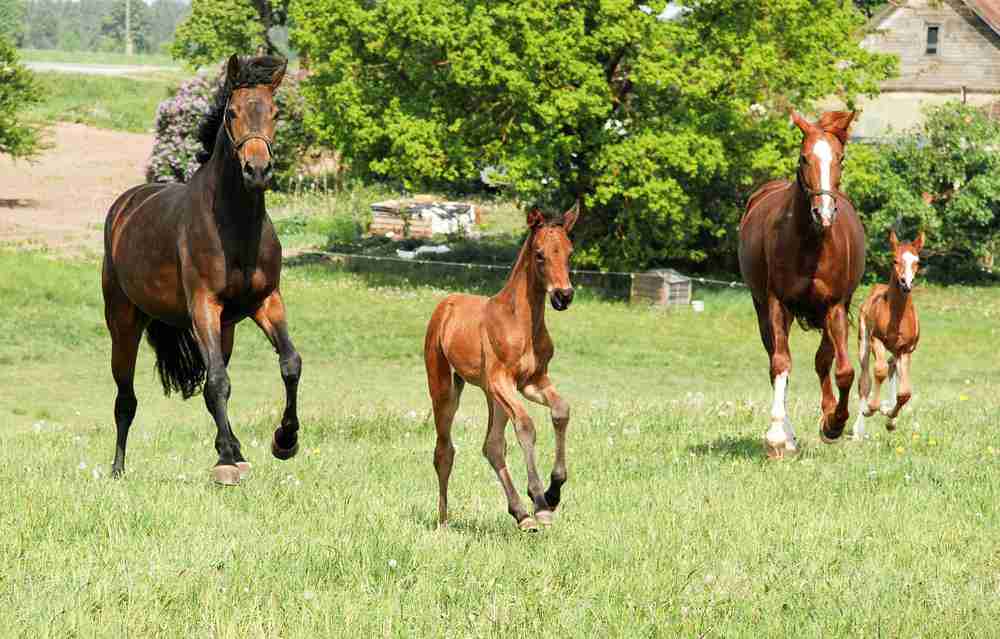
A filly is essentially the female equivalent of a colt. This term applies to a female horse that has not yet reached adulthood. This term is generally applied from birth until the age of four. A female foal may be called a filly foal, a weanling filly, and later a yearling filly.
However, in horseracing in both the United States and the United Kingdom, the ‘cut-off’ age for an owner registering a female horse as a filly is five, after which it is registered as a mare.
Fillies are commonly used in horseracing, generally from age three onwards. From adulthood, fillies become mares or occasionally spayed mares if they have been neutered.
Other Articles To Read:
At What Age Does A Horse’s Training Start?
At under a year of age, foals are too young, and their bodies are too frail to be ridden or driven. However, foals are usually socialized with humans from when they are young and may be trained to be led on a headcollar, be groomed, or have their feet checked.
Yearling colts and fillies are likewise too young to begin training for the saddle; however, they are often started on lead rein training at this age. Some trainers will first put the saddle on their horses when they are ‘long yearlings’, that is when they are 18 to 24 months.
While a colt or filly is not physiologically mature yet at two, some breeders, competitive Western event riders, and most racehorse owners begin training horses under the saddle at this age. Starting training earlier may give them a competitive advantage over horses that begin training later in their development.
However, the most common age for beginning training under the saddle is three years, with a few disciplines and breeders delaying the process until the horse has reached full physical maturity at the age of four.
Conclusion
A foal is a term given to a horse of either sex under the age of a year. On the other hand, a colt refers to a young ungelded male horse under three or four years of age. A filly likewise refers to a young female horse under three or four. All foals, therefore, are either colts or fillies, while not all colts and fillies are foals.
Thus, a foal can be considered a baby horse, and colts and fillies as male and female child horses. Now that you know the difference between the terms, you can confidently speak about young horses to your heart’s content – and you’ll wow everyone with your technical knowledge while you’re at it!
Resources
Differences Between Foal And Pony

